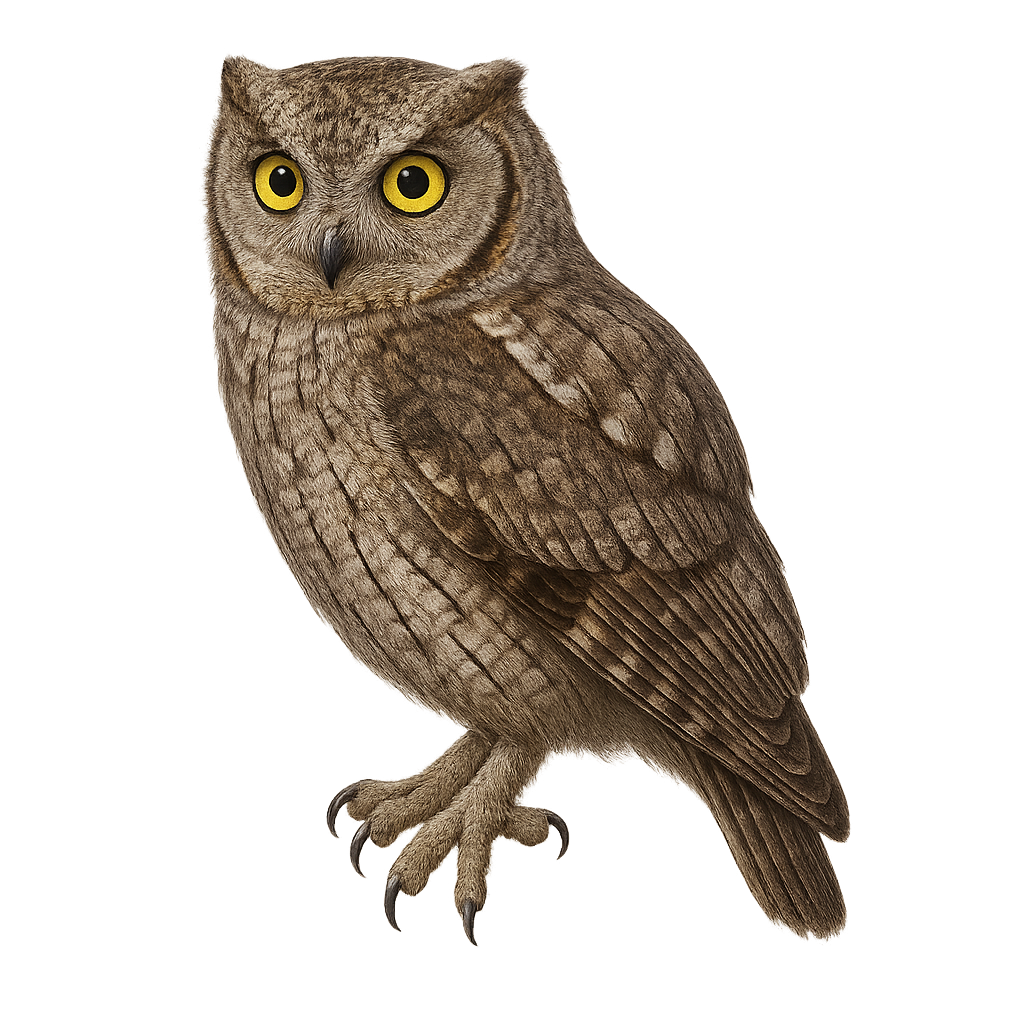Your wildlife photography guide.
Explore the tropical screech owl in detail, study its behavior, prepare your shots.
Where to observe and photograph the tropical screech owl in the wild
Learn where and when to spot the tropical screech owl in the wild, how to identify the species based on distinctive features, and what natural environments it inhabits. The WildlifePhotographer app offers tailored photography tips that reflect the tropical screech owl’s behavior, helping you capture better wildlife images. Explore the full species profile for key information including description, habitat, active periods, and approach techniques.
Tropical Screech Owl
Scientific name: Megascops choliba

IUCN Status: Least Concern
Family: STRIGIDAE
Group: Birds
Sensitivity to human approach: Suspicious
Minimum approach distance: 10 m
Courtship display: September to October
Incubation: 26-28 jours
Hatchings: October to November
Habitat:
tropical forests, wooded areas, forest edges
Activity period :
Mainly active at night, generally discreet during the day.
Identification and description:
The Tropical Screech Owl, or Megascops choliba, is a small nocturnal bird of prey belonging to the Strigidae family. It is widely distributed across Central and South America, inhabiting various forest types, from wooded areas to the edges of tropical forests. This owl is characterized by its modest size, measuring about 23 to 25 cm in length, and its cryptic plumage that allows it to blend into its surroundings. Its plumage is generally grayish-brown with streaked patterns, providing excellent camouflage. The Tropical Screech Owl is primarily nocturnal, feeding on small insects, rodents, and occasionally small birds. Its call is a soft, repetitive trill, often heard at dusk and during the night.
Recommended lens:
400mm – adjust based on distance, desired framing (portrait or habitat), and approach conditions.
Photography tips:
To photograph the Tropical Screech Owl, it is advisable to use a 400mm lens or longer to capture detailed images without disturbing the bird. Look for it in tropical forests or wooded areas at dusk when its activity peaks. Use a tripod to stabilize your camera in the low-light conditions typical of its nocturnal habitat. Be patient and attentive to its distinctive call to locate this elusive bird.
The WildlifePhotographer App is coming soon!
Be the first to explore the best nature spots, track rutting seasons, log your observations, and observe more wildlife.
Already 1 430 wildlife lovers subscribed worldwide

